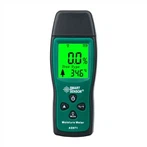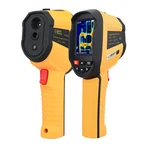Introduction to the characteristics of pencil soldering iron and pointed soldering iron
1. Pen-shaped soldering iron
This type of soldering iron generally has a pointed tip and comes in two types: adjustable temperature and non-adjustable temperature.
Its characteristics are: cheap, suitable for soldering plug-in components, non-temperature-adjustable pencil-shaped electric soldering iron, which will oxidize with long-term high temperature, and the pointed tip will no longer be tinned.
For LQFP and TSSOP packages, pointed soldering irons are generally difficult to use and cannot be replaced with knife-edge soldering iron tips, which has great limitations.
It is just for welding plug-in components. When performing some simple welding requirements, you can use a harmful electric soldering iron.
2. Pointed soldering iron
Welding stations are generally temperature-adjustable, and some are equipped with heat guns. The original one has a sharp tip, but due to structural compatibility, it can be replaced with a blade tip.
When using a pointed soldering iron, for general electronic component soldering, the temperature can be adjusted to about 350. When the PCBA is designed with fan heating, the temperature can be appropriately raised to ensure that the temperature can melt the tin on the PCBA.
Because the blade edge of the soldering iron tip can effectively fit the pins of the SOP/TSSOP/LQFP package, it will be easier to handle when removing tin.
How to deal with soldering iron burns
The so-called burning of the soldering iron means that the tin cannot be attached. The reason is that the temperature of the soldering iron tip is too high and the surface is severely oxidized. There are generally two ways to prevent burnout:
1. Intermittent power on: During the welding process, once the soldering iron temperature reaches the temperature, the power supply can be cut off to prevent overheating and oxidation.
2. Cooling method: Use cooling bracket.
What to do after burning
1. Use a knife to remove the oxide layer on the surface.
2. Put the oxidized copper tip into a container containing ethanol (1-2 minutes). After the copper oxide and ethanol are heated to produce a chemical reaction, the copper is reduced. Ethanol has no corrosive effect on the soldering iron tip.





